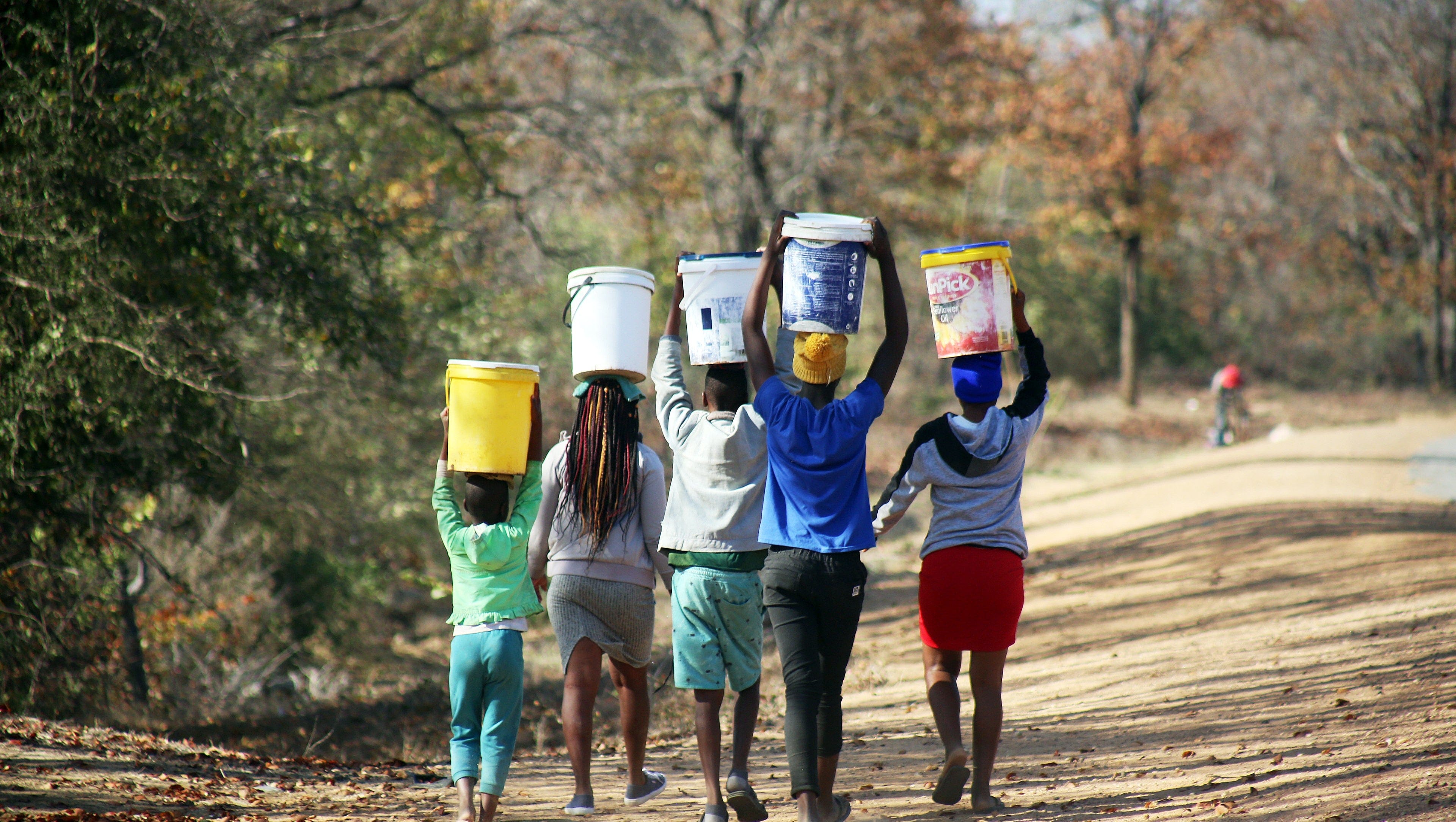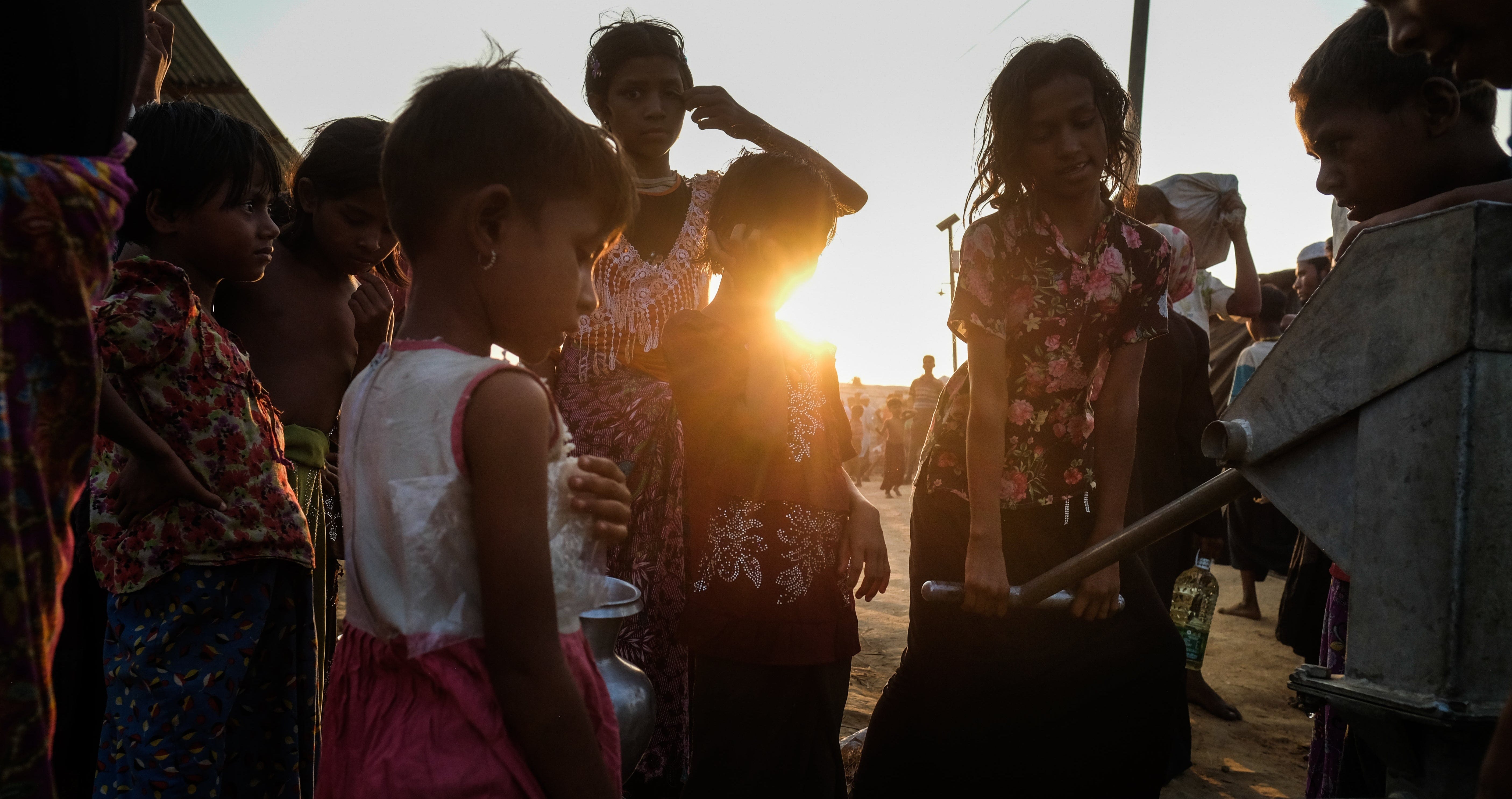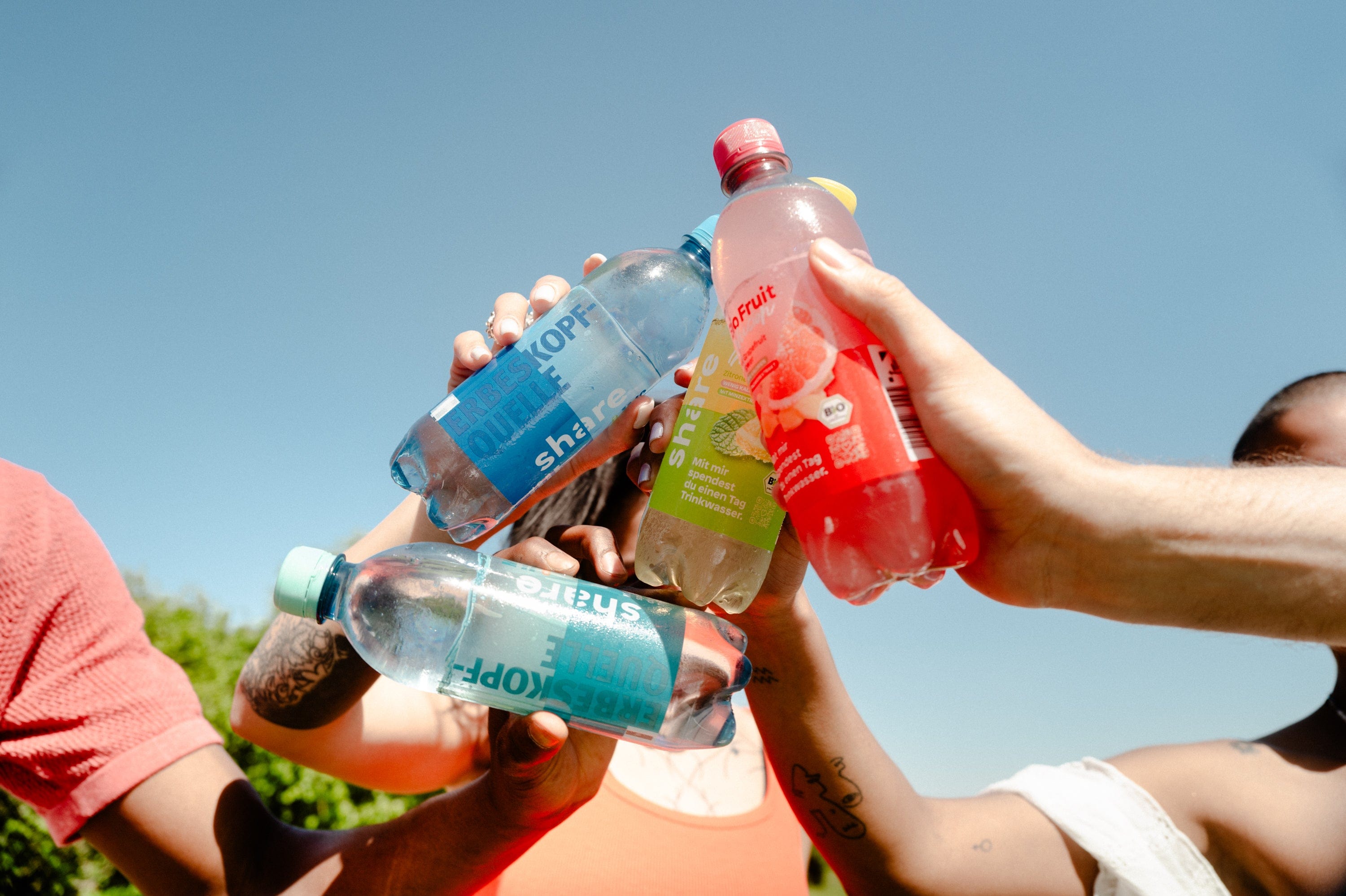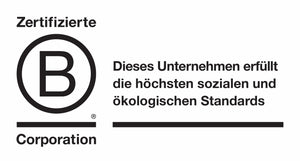Water represents life, yet for millions of women and girls worldwide, it is also a burden, a risk, and a barrier. In many regions of the world, they are traditionally responsible for the family's water supply. Without water, they lack more than just a basic necessity: they lack education, security, and the chance for a self-determined life.
In rural areas of Africa, Asia, and Latin America, this means walking for kilometers every day to an often unsafe water source. The burden rests on the shoulders of women – quite literally. For girls, this means less school time, more responsibility, and greater danger. Attacks along the way, chronic exhaustion, and interrupted education are a sad reality in many regions.
Even the water that is painstakingly fetched is often contaminated. Diseases like cholera or diarrhea spread rapidly – with serious consequences for the entire family. A lack of medical care exacerbates the problem. The water crisis is therefore no longer just an ecological or economic issue, but one of social justice and, above all, gender equality.
Climate change is exacerbating the situation: droughts, floods, and falling groundwater levels threaten access to water worldwide. Where water is already scarce, what little there is becomes increasingly difficult to obtain. In crisis regions, water becomes a contested resource – and thus a factor of power.
Despite international goals such as the Sustainable Development Goals, which include providing clean water and sanitation for all by 2030 (SDG 6), implementation is progressing too slowly in many places. Promising approaches like solar-powered pumps or new filter systems often fail due to long-term maintenance requirements or a lack of local expertise. What is needed above all are projects that are locally rooted, community-owned, and economically viable.









